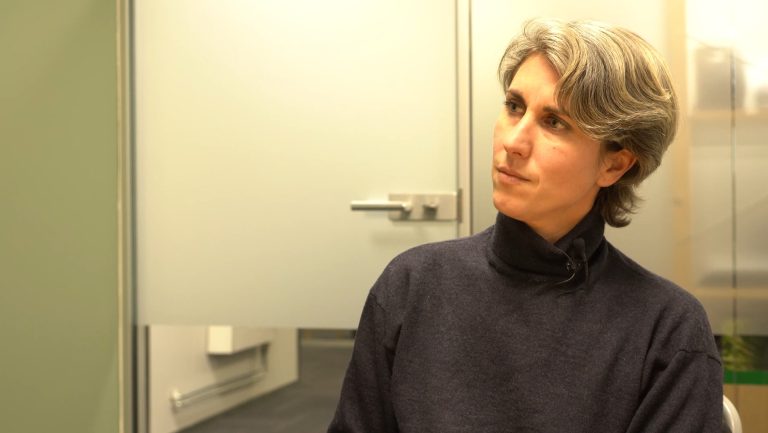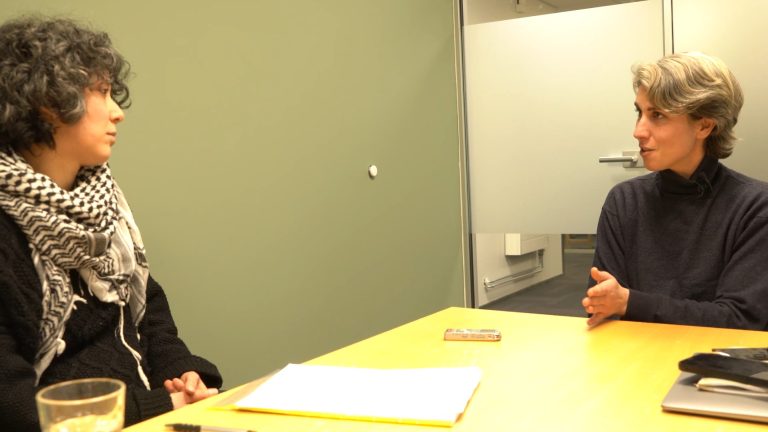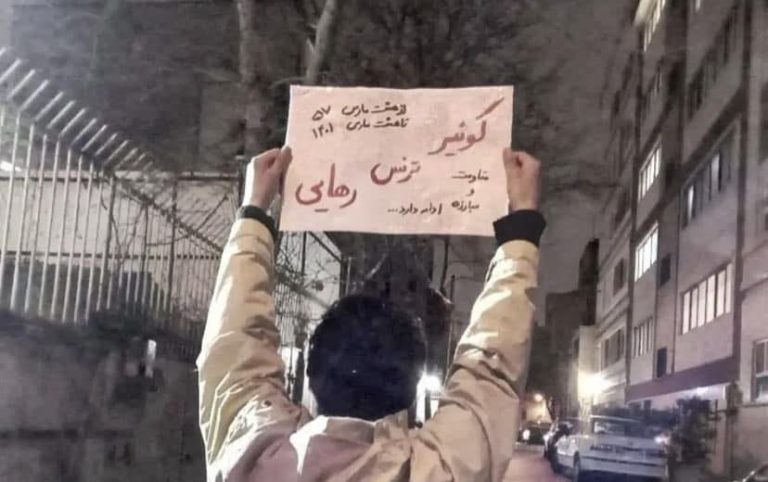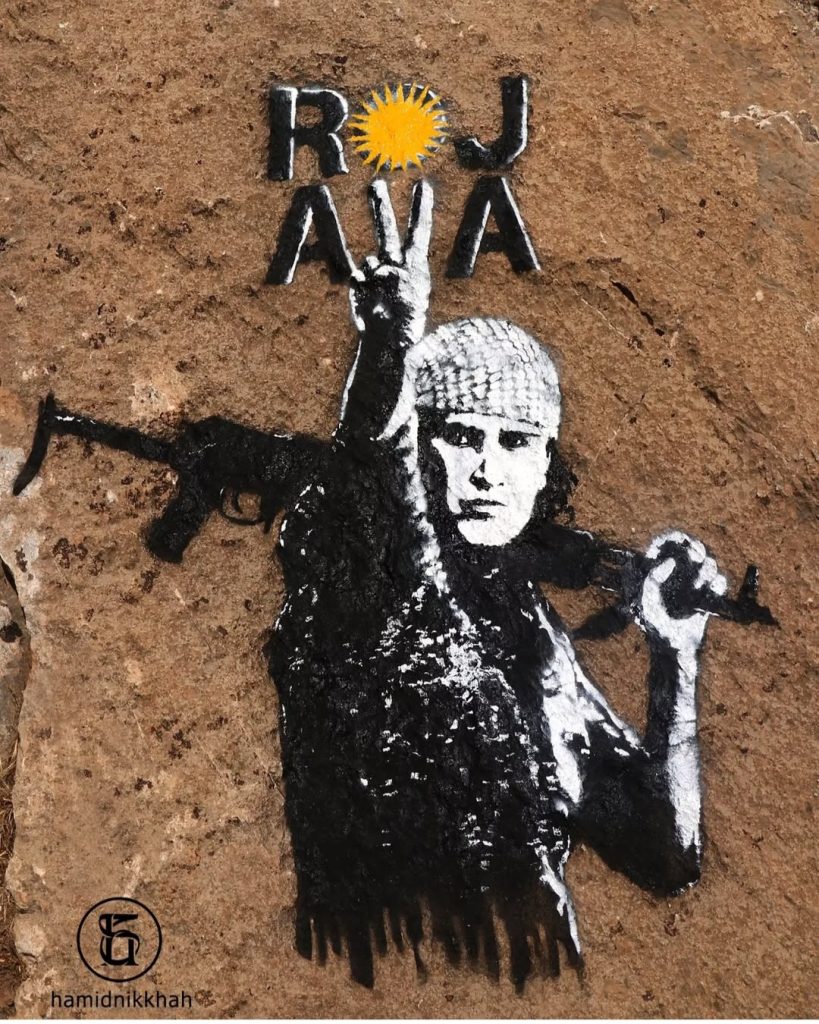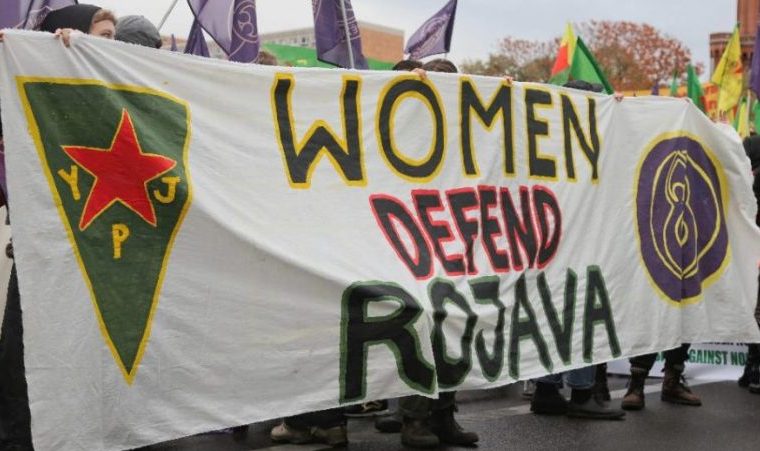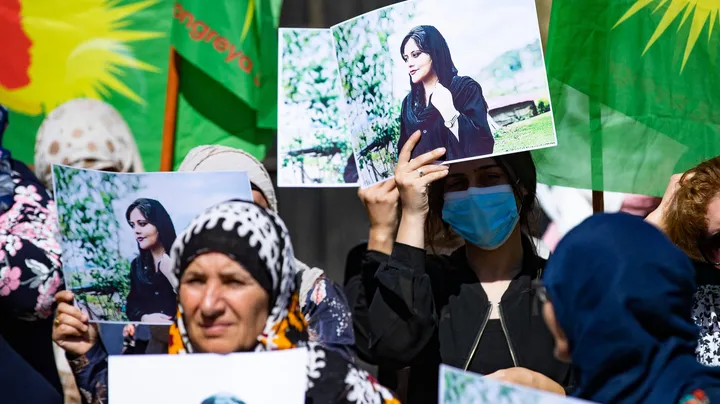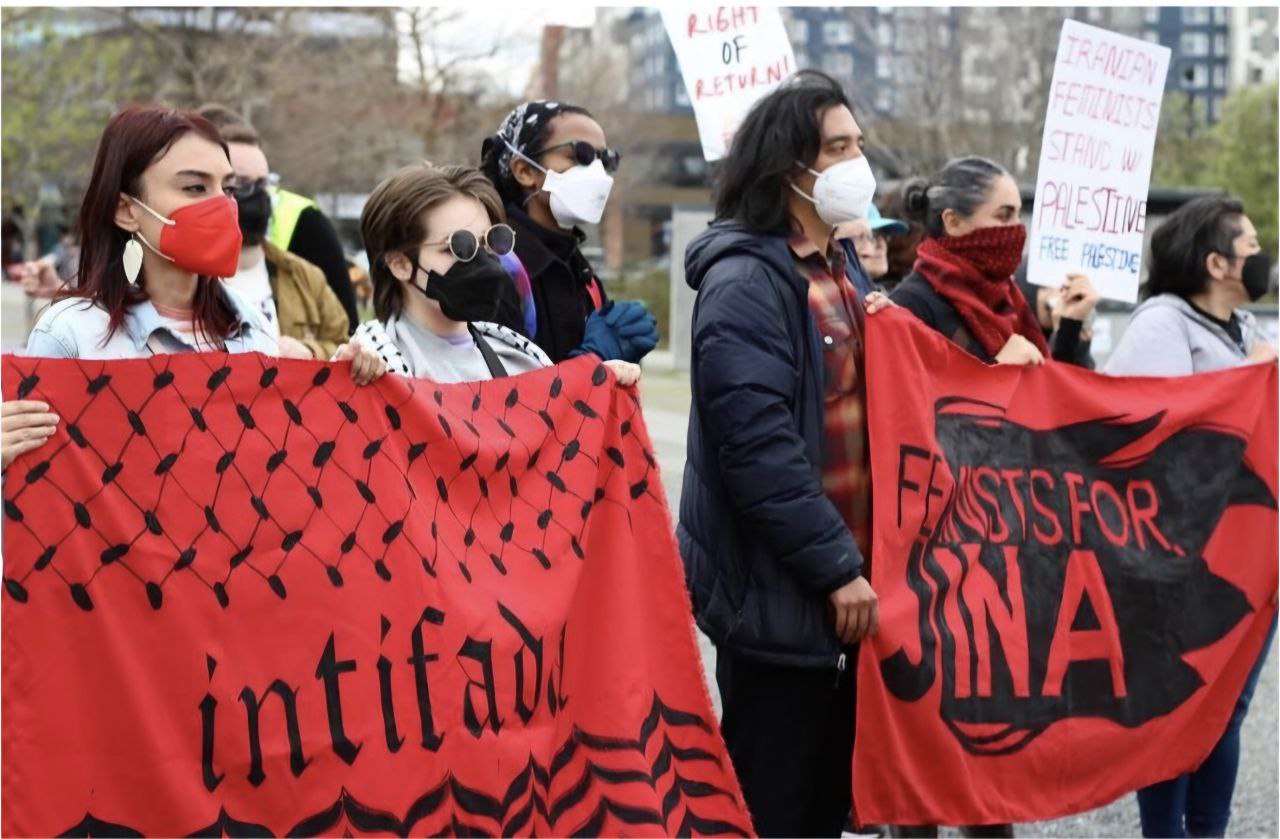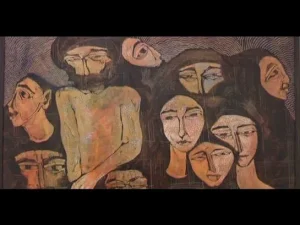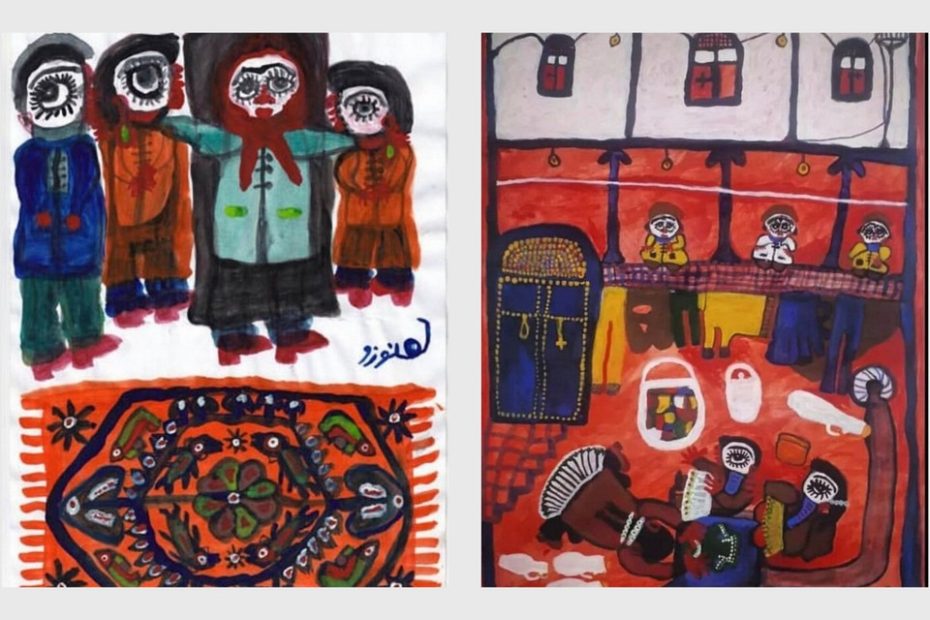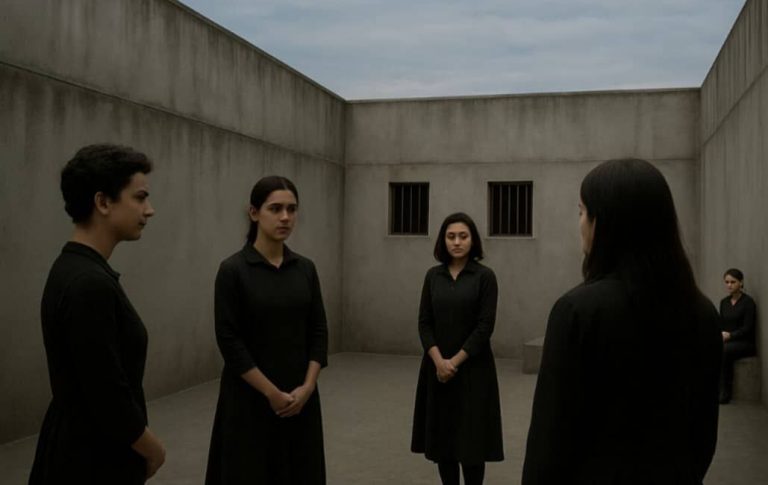
An Essay on Women Convicted of Mariticide Behind Bars
By Zhina Modarres Gorji*
Most of us imagine a murderer as a distant, strange, ruthless, and inherently dangerous person. But my own lived experience – during the period I spent inside the Sanandaj women’s prison – upended that image entirely.
There, I met women who had endured layered, complex, and chronic forms of gender-based violence: physical, sexual, psychological, and economic. Over years, these pressures coil into an unbearably tight spring – until one day it snaps with such force that it shatters the lives of the woman herself and everyone around her.
A man – most often a husband – lies dead; a woman is imprisoned, charged with intentional murder or complicity, facing execution or long-term incarceration; children are left displaced, grieving, furious, navigating a labyrinth of complicated loss; and families and communities experience the same wounds.
In Sanandaj women’s prison, where I served my sentence*, nearly one-third of the inmates were women facing charges or convictions for intentional murder or complicity in murder. They ranged in age from twenty-four to sixty-seven. Not all, but most had committed acts of violence that emerged from a place of profound desperation and long-suppressed rage – because unrelenting violence, inevitably, reproduces violence. And its source is a deeply rooted patriarchy.
In prison yard time – especially on bleak Fridays, when the workshops were closed and time seemed to stretch endlessly – sometimes even in the bathhouse or at night, when we would occasionally invite each other into our rooms, the women would open up. They wanted to, or perhaps they thought that since I was a women’s rights activist, I might understand – or be able to help. Slowly, they began to tell me their stories, from childhood up to the present time. To be honest, there were moments when I found myself wondering: if I were in their place, living through the same circumstances, what would I have done?
A. Y. is twenty-four. At thirteen, her father forced her into marriage with a man twenty-four years her senior. By the time she turned eighteen, she had three children. She endured every form of violence – psychological, sexual, and economic – until, at twenty-three, she stabbed and killed her husband with the help of a third person.
S. H. is sixty-seven. She married at sixteen, to a wealthy man – a life that might have seemed comfortable on the outside. But her husband’s abuse was relentless – beatings, constant threats, and years of being told exactly how he might kill her. Her sense of self was slowly eroded, her confidence shattered. She tried, many times, to leave, to claim her right to a life free from fear – but every attempt was blocked, first by her family and later by her children, all citing “family honor” as the reason. At sixty-four, she took matters into her own hands and killed her husband by putting Aluminum Phosphide (known as rice pill in Iran) into his meal.
S. Sh. is fifty. She had already experienced a marriage and a divorce at a very young age. In her second marriage – where there was a significant age gap and she was her husband’s second wife – she endured extreme levels of violence. Her husband was a man with severe psychological and sexual disorders, though wealthy enough that no one challenged him. Time and again, she fled to her parents’ home seeking a divorce, but each time they forced her to return, citing family honor – reminding her that this was her second marriage – and her financial dependence on him. She eventually murders him – on the night of a tough day – by putting sleeping pills in his food and then strangling him with a scarf.
S. R. is thirty-seven. She has been in prison for nine years. Like so many women I met, she had endured countless forms of violence, and every time she sought a divorce or tried to take refuge with her family, she was turned away. The last time she sought refuge, declaring that she would no longer live with her husband, her brother threw a large flowerpot at her. As she returned to her family home, she told them, “Soon you will hear news – either my death or his.” One night, after putting her children to sleep in another room, and while her husband was half-asleep, she stabbed him to death with several stab wounds. She said that “I killed him once, but he killed me hundreds of times”.
There were several common threads in the stories of the women I met in prison, despite their different ages and social classes:
- The continuous experience and endurance of physical, sexual, psychological, and economic violence over many years – and the normalization of these abuses from childhood into adulthood by both family and society
- Being victims of child marriage and forced marriage
- Lack of support from family, social protection institutions, or the judicial system
- Lack of financial independence
- Limited awareness of even the few available support options – such as safe houses or social emergency services – and living in villages or small towns made access to and knowledge of these resources almost impossible
The types of violence these women simultaneously endured included:
– Economic violence
- Unequal access to family financial resources between daughters and sons
- Deprioritizing employment, income, and economic independence for girls and women
- Unequal inheritance
- Ignoring the value of domestic work
- Unequal pay
– Sexual violence
- Any sexual act without a woman’s consent, even within marriage, constitutes assault
- Physical and verbal sexual harassment
- Lack of access to sexual health resources
- Denial of autonomy over their own bodies and reproductive choices, including contraceptives and the right to safe and legal abortion
– Physical violence
- Beatings – any form of bodily harm ranging from scratches and bruises to fractures requiring surgery
- Physical elimination of women in the name of “honor” and femicide
– Verbal and psychological violence
- Humiliation, insults, threats, verbal abuse
- Undermining women’s self-confidence and dignity
- Making spaces from home to street to workplace unsafe for women
– Legal violence
- Laws that leave room for discrimination and violence against women, such as certain marriage, divorce, and child custody laws
- Laws and policies around child marriage
- Absence of legal frameworks and services to protect women, especially against violence
The Burden of Motherhood
These women – all without exception – had children; children whose mother had killed and whose father had been killed. The children ranged in age from three to thirty. Tragically, after enduring prolonged violence and carrying the resulting, lingering anger, most of these women did not regret their actions; in their eyes, the man had deserved his fate. While they sometimes blamed their own parents as well as their husbands, the heaviest weight of guilt and psychological pressure came from their children.
Once the police, authorities, and families became aware of the murders, these women were no longer allowed to see their children. The children were raised in the home of their paternal grandfather or uncle. If the children were under eighteen, the mother-child relationship was completely broken. The husband’s family refused visits or phone calls, and given what had happened to their father – and the story told by their paternal relatives – the children themselves often harbored anger and even hatred toward their mother.
For women living in villages, with limited financial means, and with daughters, the situation could be even harsher: young girls were often forced into early, unsuitable marriages. The children in these circumstances frequently experienced depression, anxiety, and significant drops in school performance.
Many of these mothers kept notebooks in which they carefully pasted two or three rare photos of their children – often obtained only with great effort through relatives – and wrote down their own account of the events and their feelings. They hoped that one day their children might read these pages and, despite the distance and the pain, see the mother they had demonized as a real human being rather than a monster.
Complex Grief
Grief becomes extraordinarily complex when a person loses someone who has been killed by another family member. A woman who has killed her spouse experiences multiple layers of emotion simultaneously. There is the rage of revenge acted upon in a moment of intense anger, the lingering anger that may have softened slightly over time, the profound sorrow of witnessing everything collapse in an instant, and the psychological strain of reliving the murder repeatedly – for the police, investigators, medical examiners, family members, prosecutors, crime scene reenactments, prison officers, and more. The person who caused the pain is gone, yet even recalling brief moments of joy from life becomes painful. There is guilt and mourning for the life that has been lost, for the years of youth stolen, for children she cannot hold, and for grief that has no therapy or support to help her navigate it while in prison.
For the children of the family, the grief may be even more complex. Their father was killed by their mother. They simultaneously endure multiple forms of loss: the loss of their father, the loss of their mother in her original role, the loss of their home and family, and the abrupt entry into a harsh, unfamiliar life in someone else’s household. They are forced to relive the event continuously, hearing and enduring judgment about both their mother and father. The mother, who once held a special place in their hearts and minds, suddenly becomes the killer of their father—a shattering disruption that is extremely difficult for children to bear.
One girl, living in her uncle’s house, told a group that had come to advocate for forgiveness that if her mother were not executed and were released from prison even after several years, she would set herself on fire. Another mother recounted that her child repeatedly, loudly, and tearfully declared hatred and a refusal to ever forgive her. In this complex grief, both mothers and children mostly endure these long, painful periods alone.
Rejected from every side
These women are often abandoned and cast out even by their own families, and this means severe financial hardship, emotional rejection, and an intense sense of loneliness. Their court cases go unpursued, and they face difficult conditions in securing proper legal representation, and so on. The process of homicide cases usually moves very slowly as well. S. R., who has been in prison for nine years, has repeatedly requested that her case be resolved and that her sentence of execution (qisas) be carried out. The long period of uncertainty, along with other psychological and financial pressures in prison, makes life even harder – to the extent that thinking about or attempting suicide becomes one of the available options. Outside of prison, these women are rejected and forgotten by everyone: by their families, by friends, by social institutions, by the media, and so on.
Retribution (qisas), support groups, and “No to death penalty” campaigns
During my imprisonment I witnessed the announcement of three preliminary court rulings for qisas. The prison social worker called H. Q. to deliver the verdict. After reading it and putting her fingerprint on it with the ink pad, she walked down the stairs quietly and calmly. But as soon as she reached the last step, she fainted. All of us – especially those of us with homicide charges – gathered around her. No matter how many slaps we gave her or how much water we sprinkled on her face, she didn’t wake up. I was new and panicked, thinking she might have had a stroke or her heart had stopped beating, but the more experienced women said it was normal, and suddenly she regained consciousness. She burst into a strange, wrenching cry – so intense that most of us cried with her. Her close friends dragged her gently to her bed, and everyone began sharing their own experiences and comforting her: that the preliminary court almost always issues a qisas sentence, especially because the victim’s family is still in fresh grief; that in the later courts there might be hope for rizayat (forgiveness) and a waiver; that she must think of her daughter now, and stay strong for her daughter’s sake.
After a long bout of crying, she fell into a deep sleep, as if exhausted from a journey to death that she had taken and returned from. And I found myself imagining the night before an execution, when they take you to solitary, when you know exactly at what hour and by what method you will die the next day; when seconds stretch into hours; and that cold, dark morning when you walk toward the gallows. It carried me into a hard, unbearable place. Breathing felt difficult—and struggle felt necessary.
Anti–death penalty groups have been working for years to negotiate forgiveness, through diyah (financial compensation) or by mediating with families and judges, and in that time they’ve saved the lives of several people facing execution. They also provide financial support to families and children and help raise the money needed for diyah. Kurdistan, fortunately, has one of the most active and successful campaigns for forgiveness and reconciliation, bringing together respected public figures, experienced civil society activists, and people who have themselves gone through the process of giving or receiving forgiveness.
But things become much harder for women when a third person—a man with whom they had a personal relationship—was involved as an accomplice in the murder. In such cases, even though they are relatively few, some people prefer not to get involved, offer less help with the diyah, or treat the situation as a matter of family honor, which makes the work of these groups more difficult. In some instances, even when a few family members were beginning to consider forgiveness of the woman, other relatives – such as the husband’s brother or even her own brother – threatened her with death if she were ever released.
Despite all these obstacles, these groups – and the individuals who work to support them – play an essential and positive role in helping women seek forgiveness and in saving lives
In the context of the death penalty, discrimination, violence, poverty, and other social factors that contribute to crime are completely ignored. Execution has never been a deterrent to crime over all these years. Prisoners need psychological care, education, services, and support; without these, years behind bars only produce more anger and harm.
Saying “No” to the death penalty also means refusing to ignore or cover up systemic violence and discrimination enforced by ruling systems anywhere in the world. In our workshops on combating violence against women, we usually discuss solutions such as creating solidarity networks, psychological rehabilitation, rebuilding self-confidence, raising awareness about different forms of violence and legal issues, providing access to legal and social services, economic support and financial independence, educating men and families, teaching healthy relationships from childhood, and advocating for legal reform.
But beyond – or alongside – all these, we must take a clear stance against violence and execution, put our beliefs into action, and, when possible, support groups that assist prisoners convicted of homicide.
November 25, 2025
Including my time in pretrial detention, I was imprisoned for one year and three months at Sanandaj Women’s Prison, the last eleven months of which were from October 2025 to the end of September 2025.
*This Text was first published on the occasion of the International Day for the Elimination of Violence Against Women (25th November) on the Instagram page of the author – Translated by Tanide
